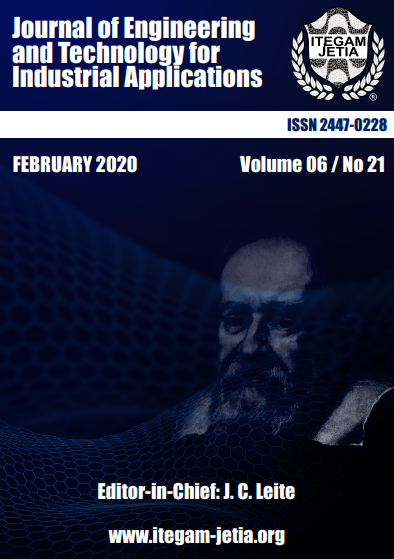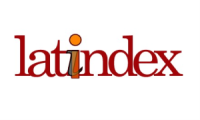REUSE OF SOLID WASTE IN A STEEL COMPANY FROM MINAS GERAIS:
PROCESS, BENEFITS AND RESTRICTIONS
Abstract
The objective of this research was to conduct a study on the process of formation of recyclable raw material (RRM) in a company from the steel sector, pointing out the benefits and limitations of its reuse in the manufacturing process of liquid pig iron. For this purpose, bibliographic research and field visits were carried out. Waste generated throughout the company’s steelmaking process is collected daily by a service company, where it undergoes beneficiation, forming the RRM. RRM is returned to the industry in order to be reused in its production process, configuring thus an operation of reverse logistics. RRM is used in order to reduce the use of iron ore in sinter production. This reduces the direct costs of iron ore extraction, transportation and storage and environmental impacts such as water, air and noise pollution. Other externalities are also avoided, such as land use conflicts, depreciation of surrounding properties, degradation of land and disruption to urban traffic. The results show that, in addition to environmental gains, the use of RRM generates savings of R$ 767.604,00 per month to the industry. One of the limitations is that, concerning the manufacturing of special steels, there is risk of contamination and loss of quality if RRM is used in large proportions. It, however, is still an option for this sector on the pursuit of sustainability.











